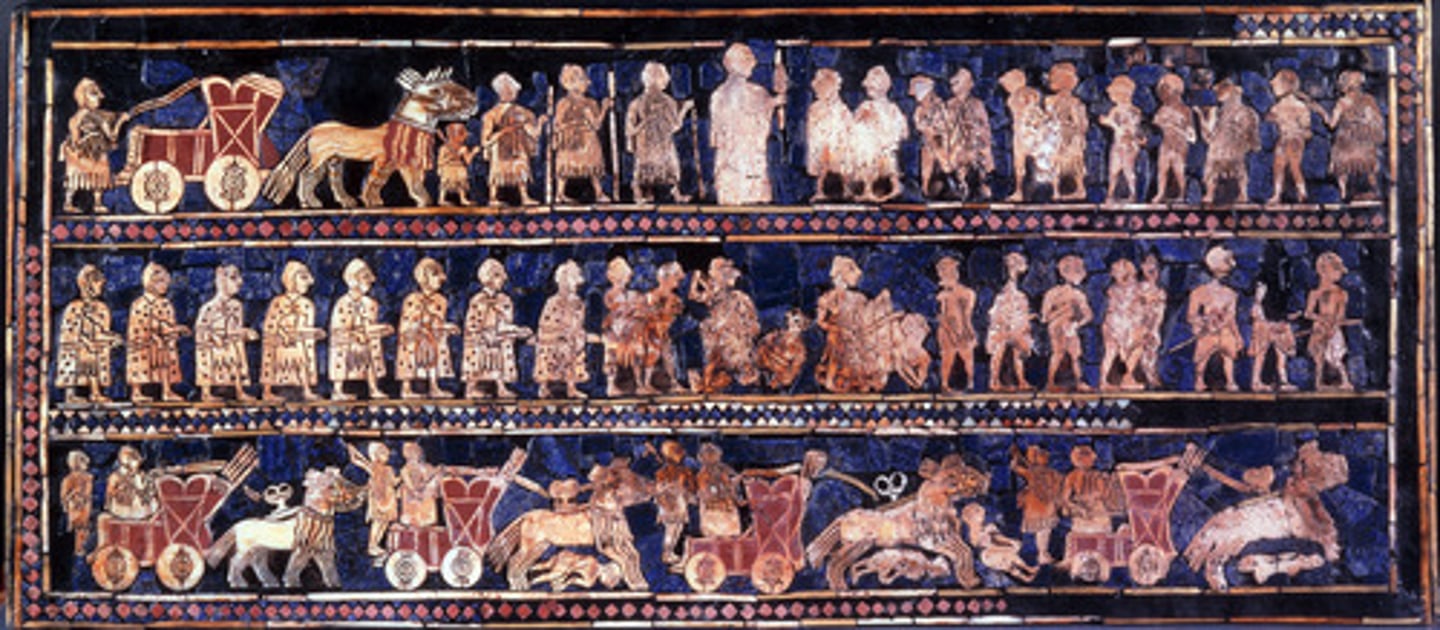Sumerian Artifacts and Temples: Key Cultural and Religious Symbols
1/12
There's no tags or description
Looks like no tags are added yet.
Name | Mastery | Learn | Test | Matching | Spaced |
|---|
No study sessions yet.
13 Terms
Weld-Blundell Prism
A Sumerian artifact (ca. 1800 BCE) inscribed with the Sumerian King List, recording dynasties and rulers.
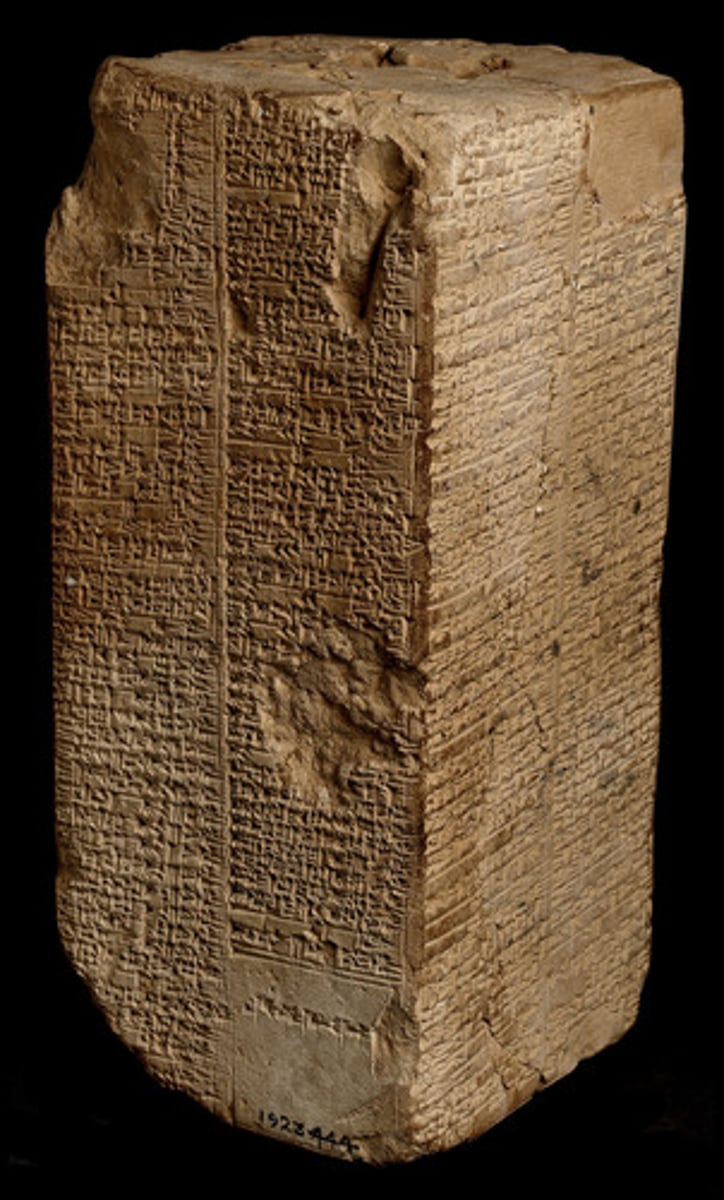
White Temple at Uruk
A temple dedicated to Anu (sky god), built atop a ziggurat in Kullaba, Uruk, Iraq (ca. 3300 BCE).
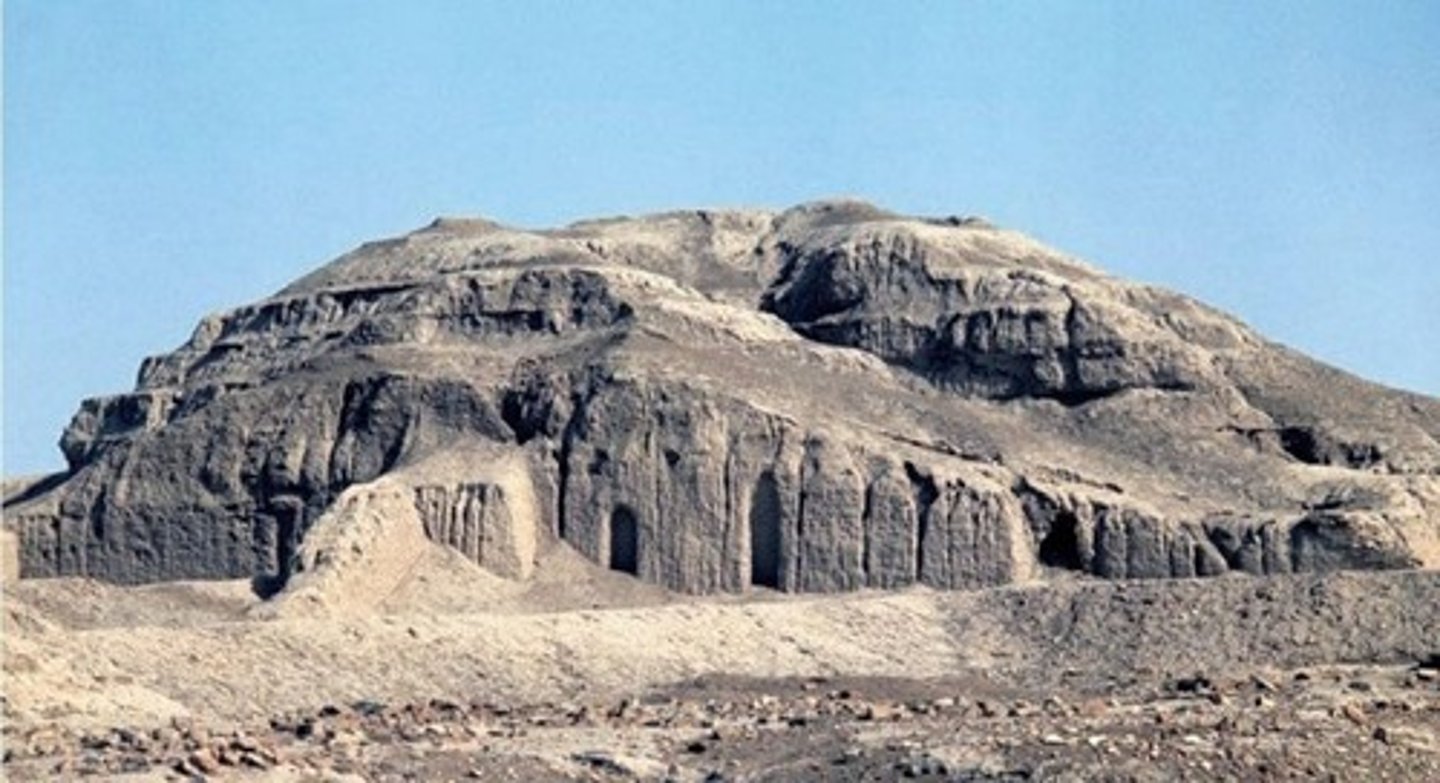
Foundation figure and tablet of Enmetena
A dedication from Girsu, Iraq (ca. 2400-2250 BCE) commemorating ruler Enmetena's building projects.
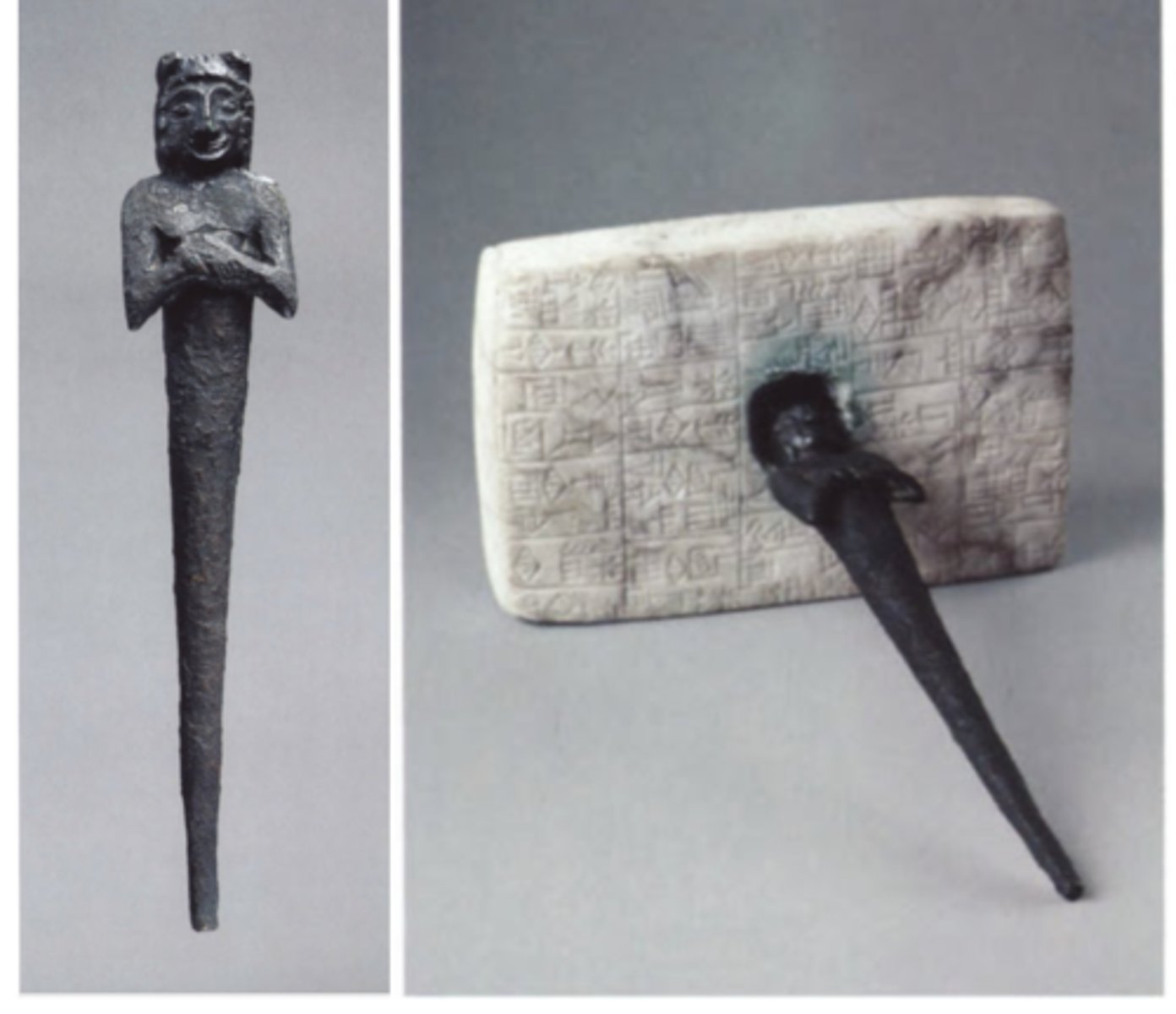
Head of a composite statue of a woman from Uruk
Likely a representation of the goddess Inanna from Eanna, Uruk (ca. 3300 BCE).
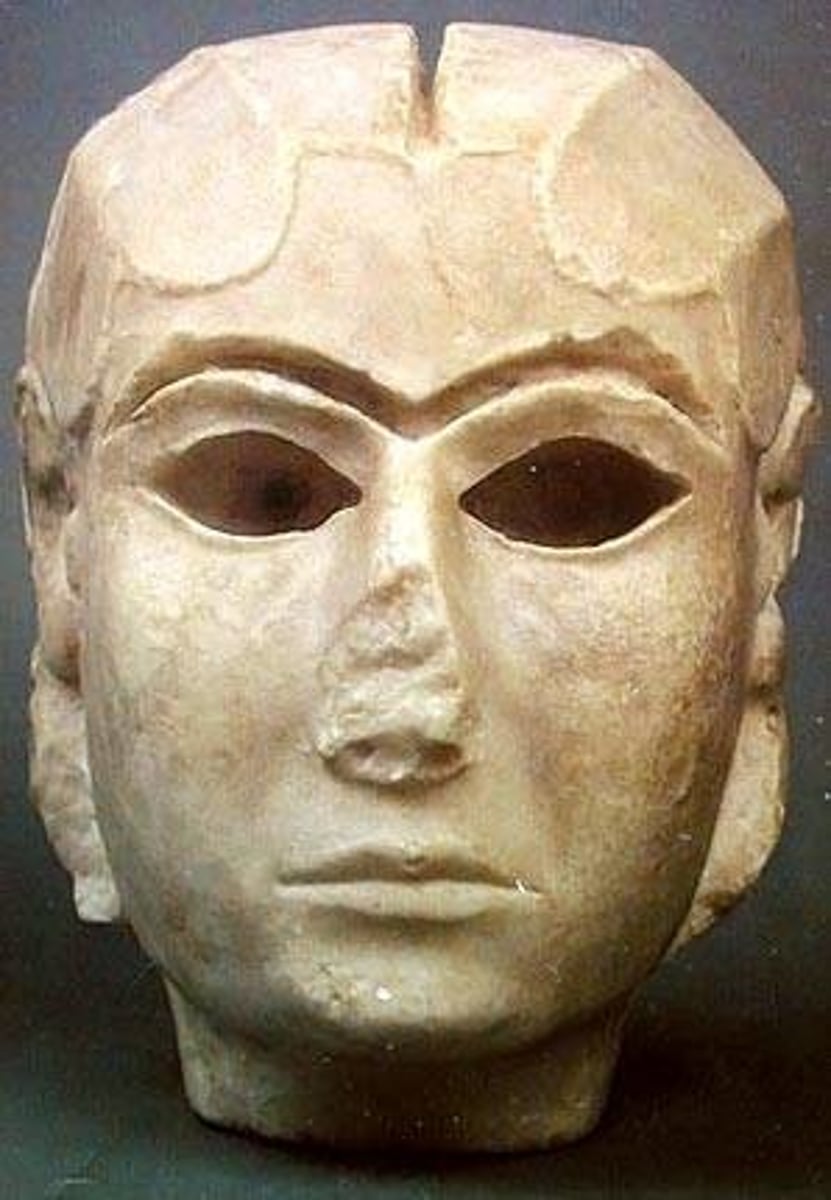
Warka Vase
An alabaster vessel from Inanna's temple at Uruk (ca. 3300 BCE) showing a ritual procession of offerings to the goddess.
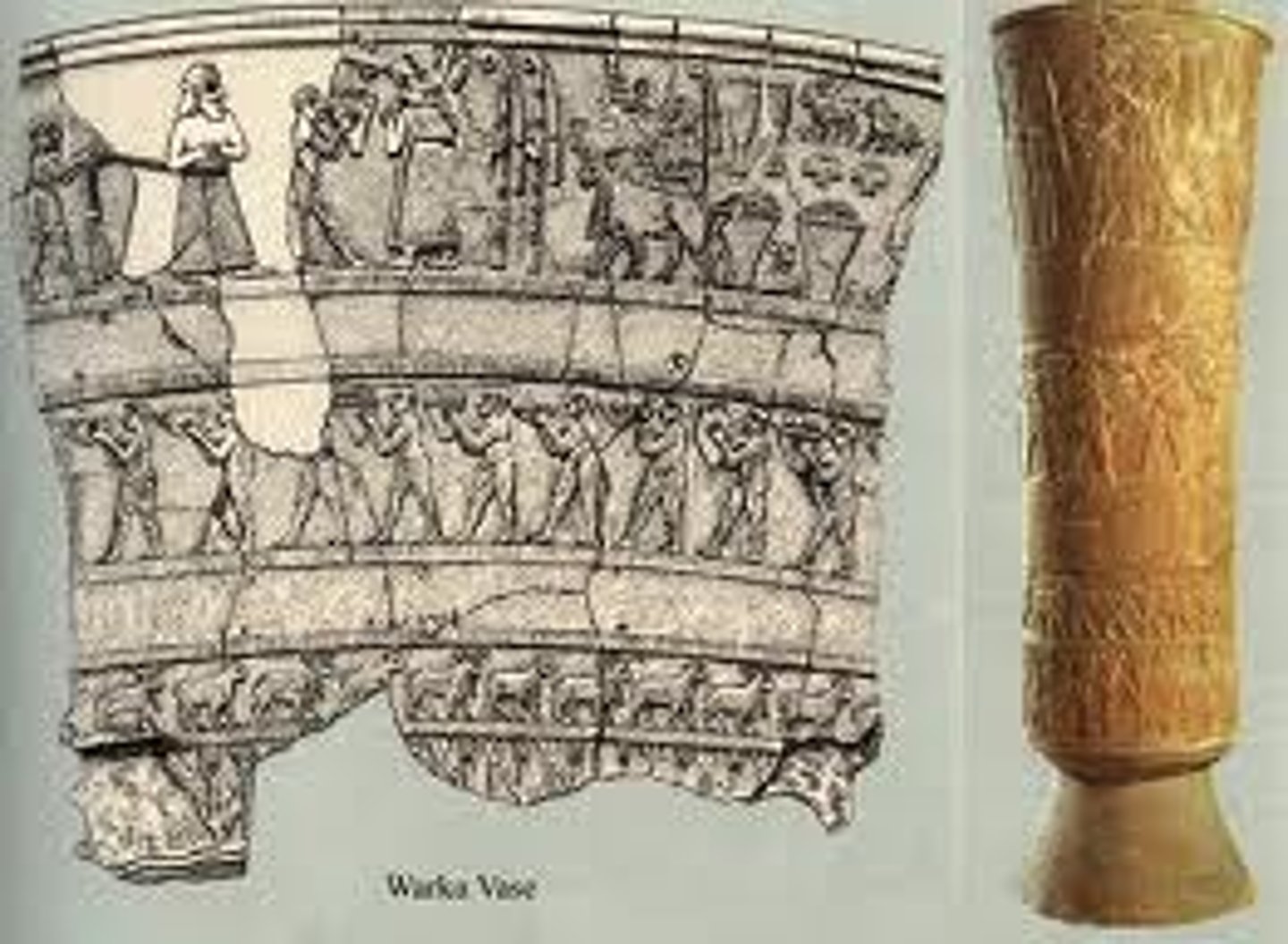
Statuettes of worshipers from Eshnunna
Votive figures (ca. 2700 BCE) with wide, attentive eyes symbolizing eternal prayer and devotion.
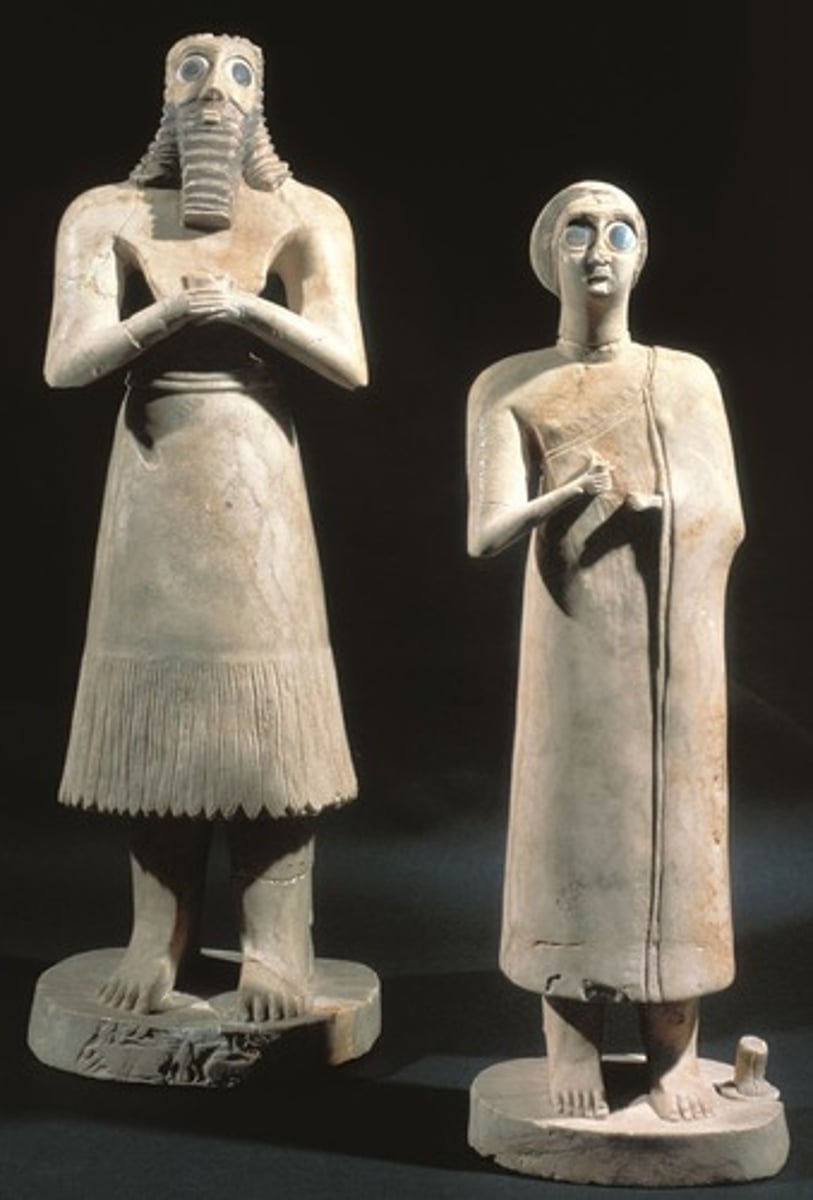
Great Lyre of Ur
A decorated lyre from the Royal Cemetery at Ur (ca. 2550-2400 BCE), featuring gold and lapis inlays with mythological scenes.
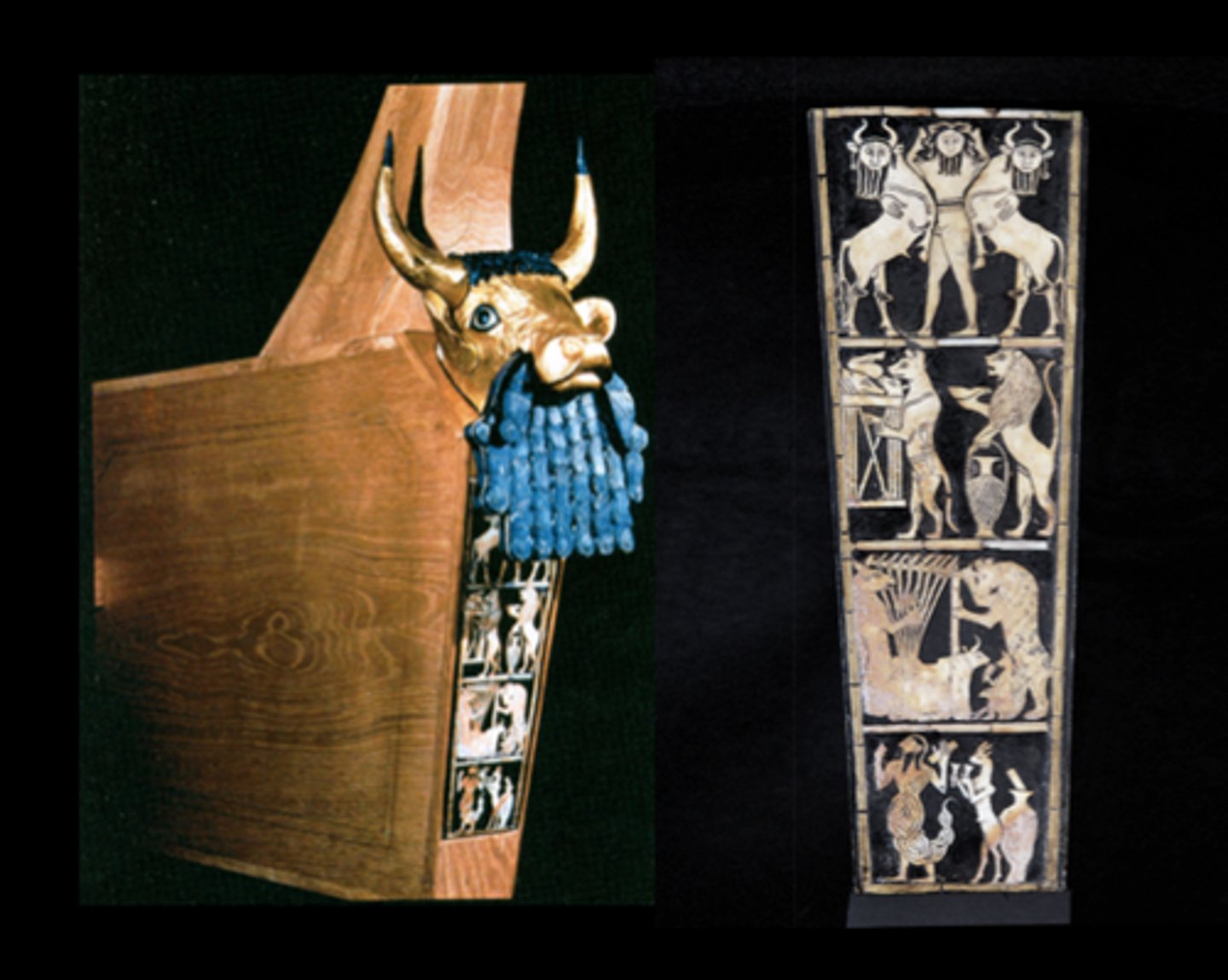
Cylinder seal from Queen Puabi's tomb
A carved cylinder (ca. 2550-2400 BCE) used to roll images into clay, found in Tomb 800 at Ur.
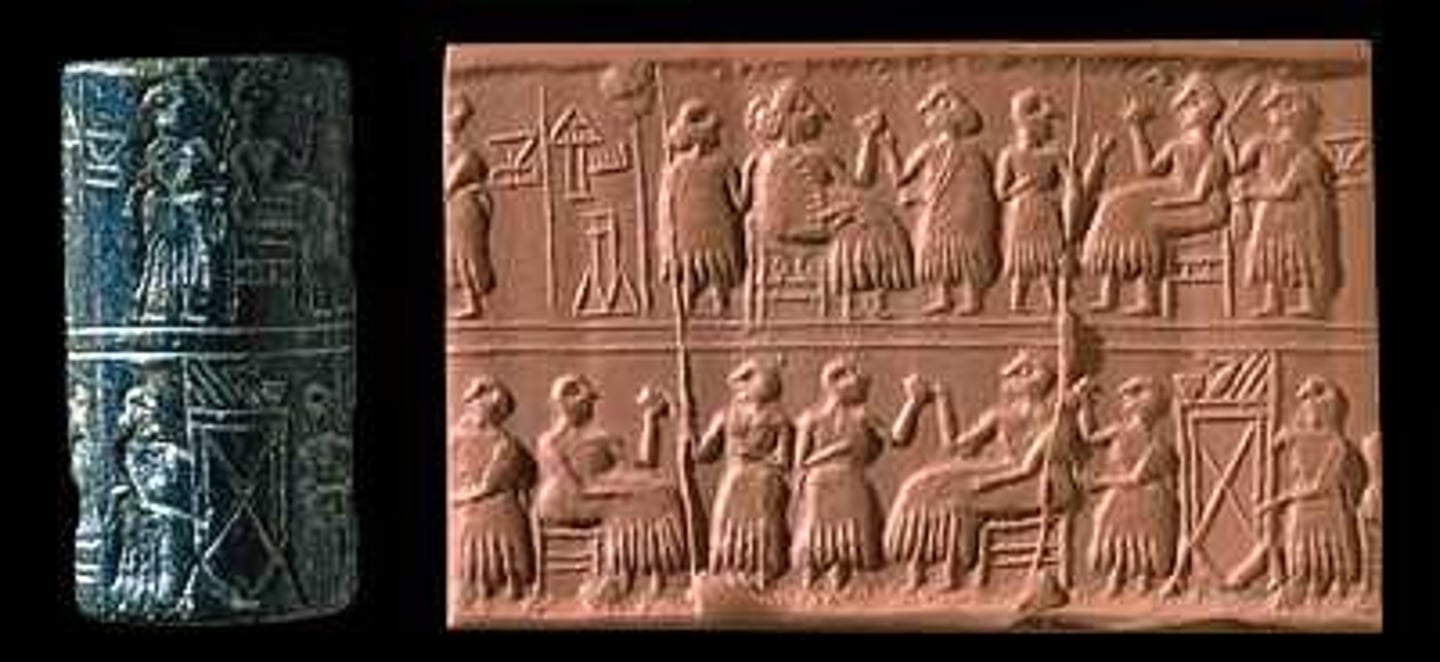
Headdress of Queen Puabi
A lavish gold headdress (ca. 2550-2400 BCE) buried with Queen Puabi in Ur's Royal Cemetery.
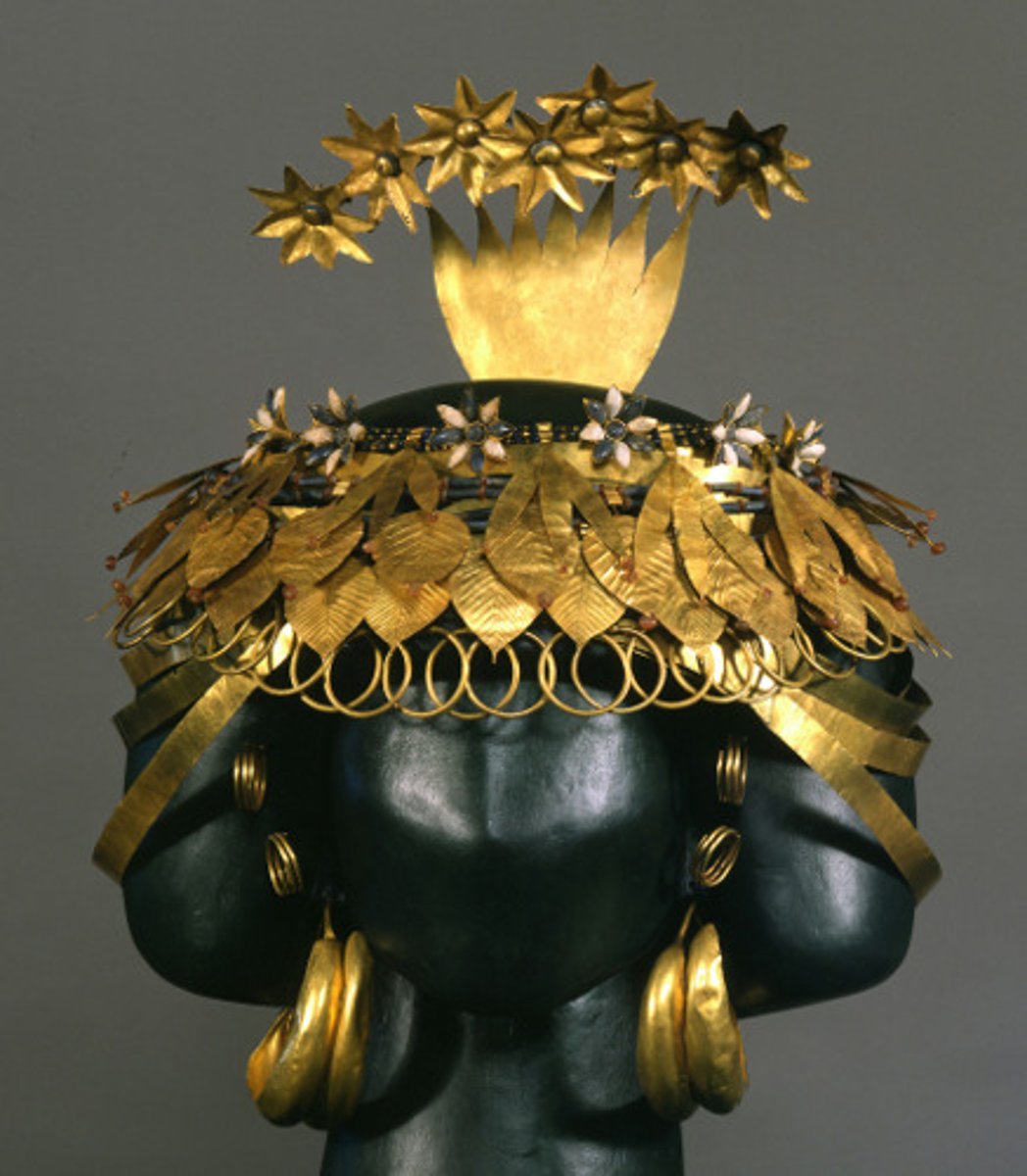
Dagger and sheath of Meskalamdug
Gold and lapis ceremonial weapons from Ur (ca. 2550-2400 BCE), signifying elite status.
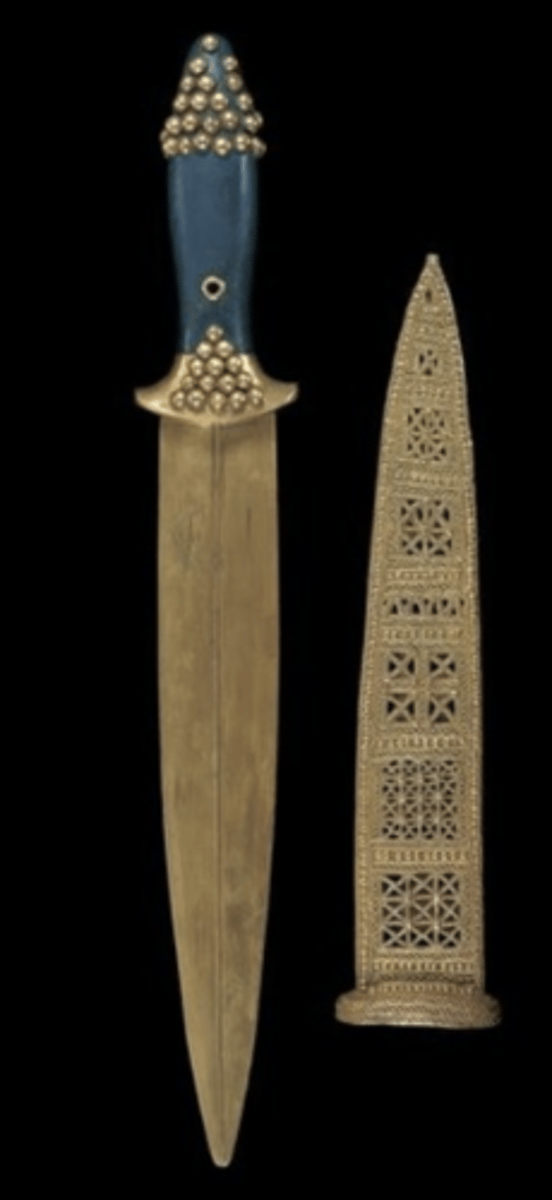
Helmet of Meskalamdug
A gold helmet from Ur (ca. 2550-2400 BCE) demonstrating advanced metalworking and royal power.
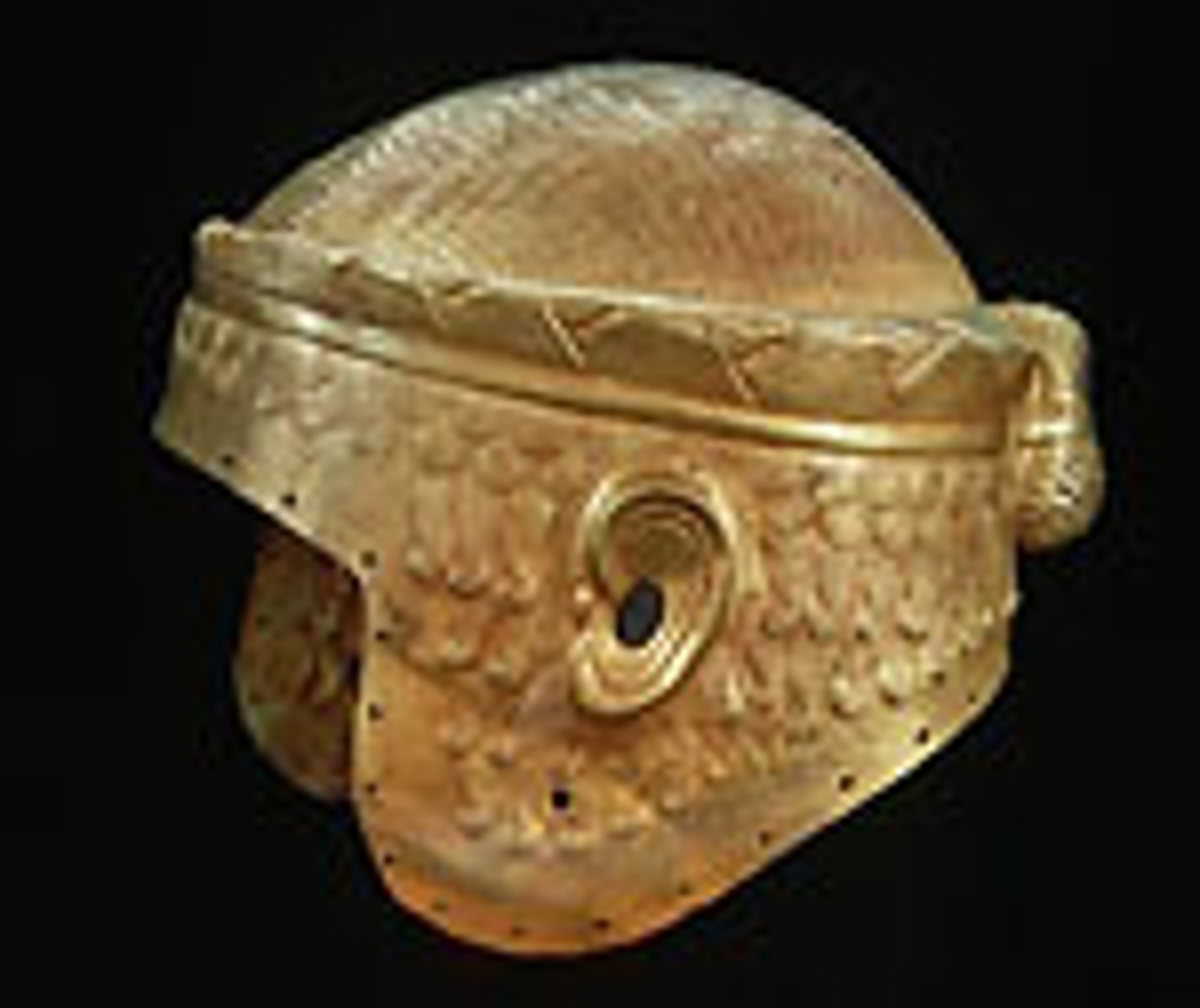
Goat caught in a thicket
A gold and lapis sculpture from Ur (ca. 2500 BCE), symbolizing fertility and abundance.
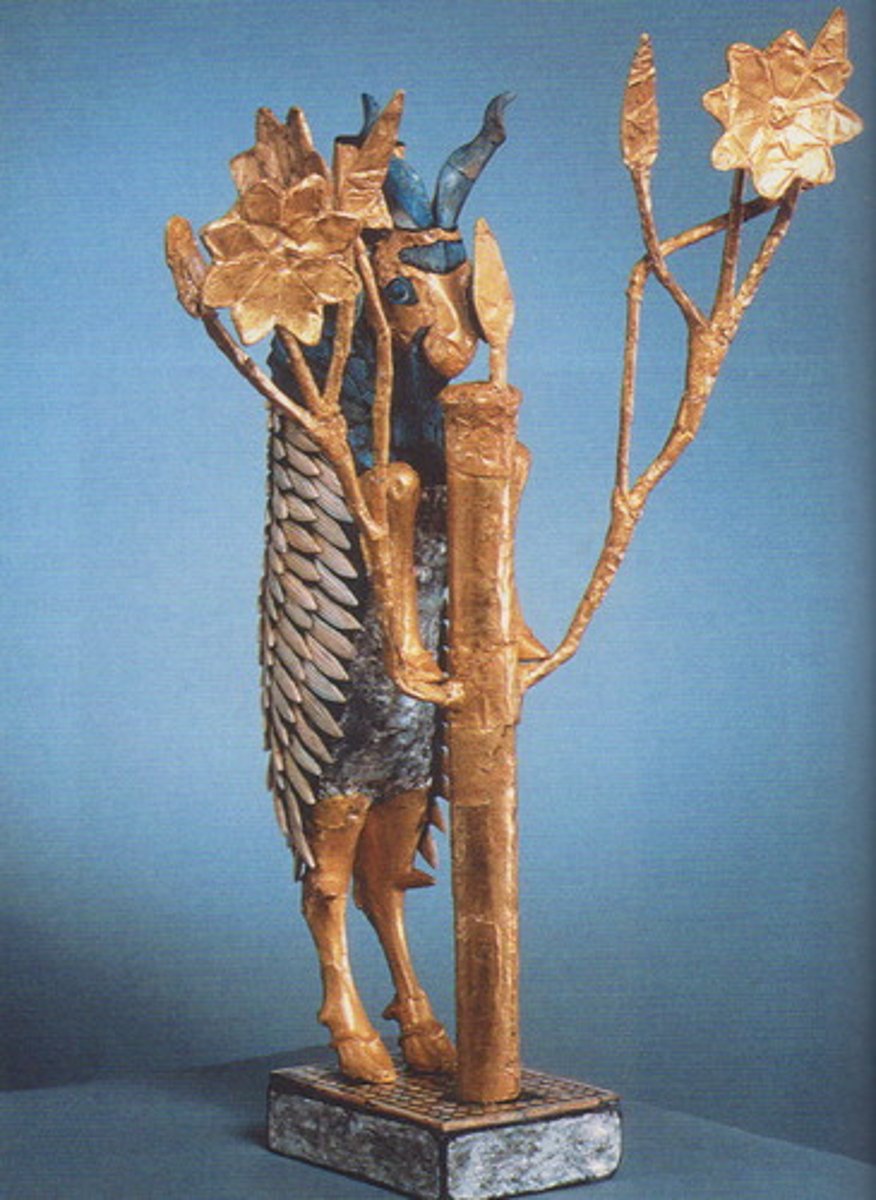
Royal Standard of Ur
A trapezoidal panel (ca. 2550-2400 BCE) with 'War' and 'Peace' sides, one of the earliest narrative artworks.
